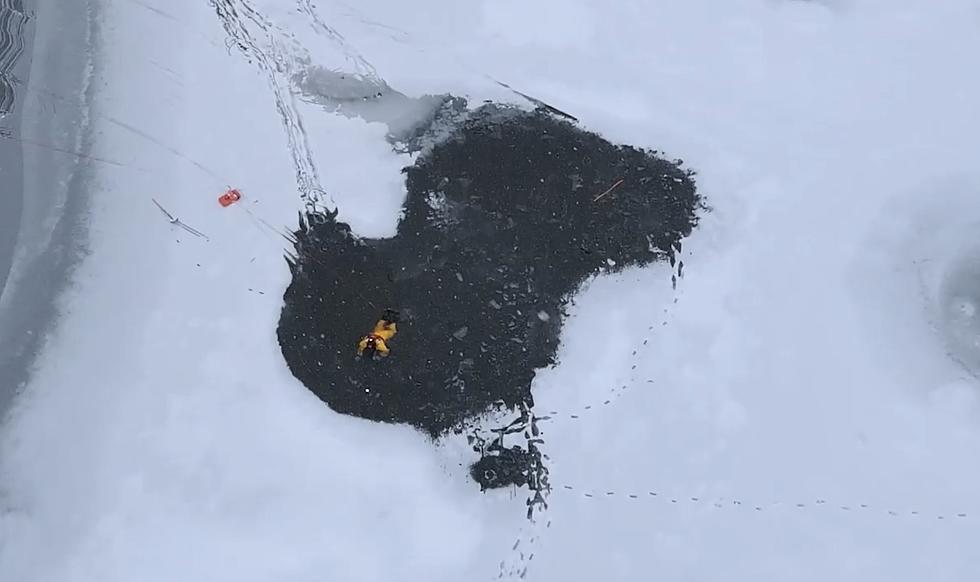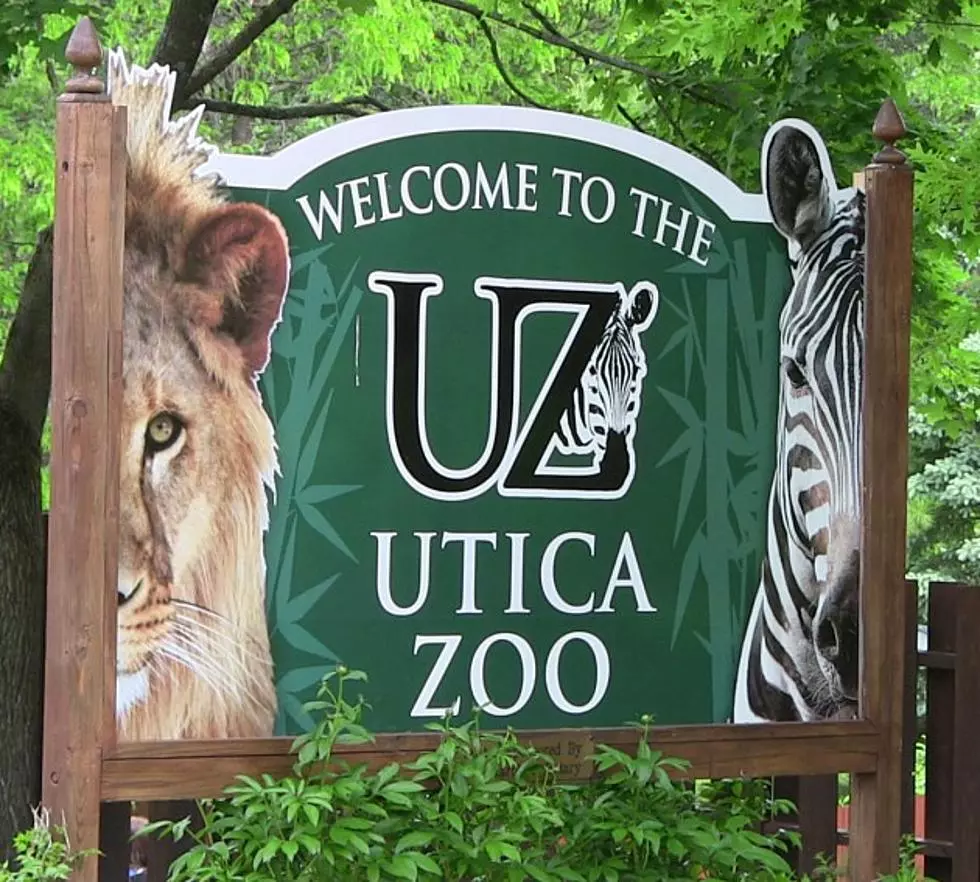
Ash Borers Pose Possible Threat To Ash Trees Nationwide
Utica, NY (WIBX) - Since when does a green, torpedo-shaped bug get its own awareness week? Perhaps when it's capable of killing any ash tree it sets its sight on.
During the last couple of years, New York has heard a lot about the dreaded Emerald Ash Borer. But, what is it and what can we do to keep New York's millions of ash trees safe? Sharon Lucik, a spokesperson for the USDA's Animal and Plant Health Inspection Service (APHIS) says this most recent invasive species problem only developed a few years ago.
"The Emerald Ash Borer beetle is native to China. It was first detected in 2002, in North America, and it happened to be discovered in Southeast Michigan. Since that time, it has been detected in fourteen other states, including New York."
EAB are known for their shiny green bodies and wings. In the ten years since their stateside discovery, EAB have made their way south to Tennessee and as far east as New York's Hudson Valley.
Our local area has yet to see a problem from the bugs, but the potential is there. Driving along the roadways, one may see purple boxes hanging from select ash trees on the side of the road. Those boxes are used as indicators for EAB. If the beetles are found around the trap, then an infestation is in the area and action must be taken.
The problem is identifying when a tree is suffering from the effects of an EAB attack.
"The Emerald Ash Borer is hard to detect because the signs and symptoms are so subtle," Lucik said. "It typically takes one to three years for a tree to die."
Lucik suggests looking for other signs, including die back of the crown, sprouts coming from lower parts of the tree's trunk and watching for woodpeckers on the tree. Other signs, including the semicircular holes the beetles make in the tree, may be more difficult to discern.
"People talk about the D-shaped exit holes that the Emerald Ash Borer leaves," Lucik said. "Those are a distinct sign you've got an EAB infestation, but I will tell you they are very, very hard to see, because the early infestation happens near the crown, or the top of the tree."
With 15 states in danger and the spread continuing, Lucik says several attempts at controlling the problem have been attempted.
"Early in the program, some researchers went to its native China, and they were looking for natural enemies there," Lucik said. "They were to find three sting-less wasps. These wasps are smaller than a mosquito and these little wasps target the Emerald Ash Borer's eggs and larva."
Before the wasps were released,s studies were conducted to determine their environmental impact. The results looked positive and so they have been administered in approximately 10 states.
Other forms of treatment include certain pesticides sold in retail stores and stronger pesticide treatments performed by certified arborists.
But, as Lucik mentioned throughout the interview, the best offense is a good defense. That includes adhering to the rules governed by the "Don't Move Firewood" campaign. During camping season, untreated firewood should not be moved more than 50 miles from its original location. Only kiln-dried wood may be imported into the state or moved outside of its boundaries.
Although EAB will not attack other trees and are no bother to humans, the USDA and state environmental agencies continue to fight the beetle's spread. But, the responsibility lies in everyone's hands to be proactive to keep them at bay.
More From WIBX 950









